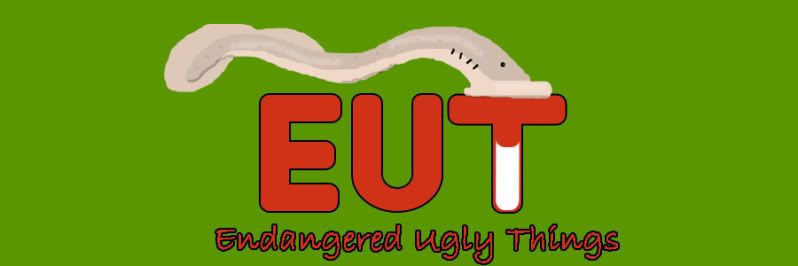 |
| Image by Randy Skinner |
The Boreal Felt Lichen (Erioderma pedicellatum) is, according to ARKive, "known as the Panda Bear of lichens," due to its rarity. I personally think, given the professor's description, the lichen needs quite a bit more charisma before it can be described as the Panda Bear of anything1. Much like the Rock Gnome Lichen, the Boreal Felt Lichen is actually two species living together in symbiosis. The majority of the Lichen is a fungus, which serves as structure and protection for the cyanobacteria that allows the organism to photosynthesize.
This lichen is quite picky about where it plants itself. It requires very large amounts of moisture, so it only lives in coastal areas. In Scandinavia it grows mostly on Norway Spruce, and in Newfoundland it keeps mainly to Balsam Firs. The only problem with the previous statement is that it might not exist in Scandinavia anymore. The Canadian population is under massive amounts of protection to save the 10,000 or so individuals that remain.
What has been hitting the Boreal Felt Lichen so hard, as to cause it to go extinct in much of its range? Scientists aren't sure, but they've got a lot of good ideas, such as deforestation, climate change, acid rain, and air pollution. It's very likely that it's a combination of these factors, as the cyanobacteria that provides the lichen with food is very susceptible to changes in humidity and pH.
The areas in Newfoundland that contain the majority of the remaining population are being protected by the government as soon as they find them. This is where our poor lichen researcher, Randy, comes in. He is using state-of-the-art landscape ecology to create models that would be able to predict where a previously unknown group of Boreal Felt Lichens might be found.
1Maybe we should reverse it. How do you think Panda researchers would respond to their species being called "the Boreal Felt Lichen of Carnivora"?

1 comment:
It could be called ugly, but I think it is visually quite interesting, those little dark reddish bulbs.
great story!
Post a Comment